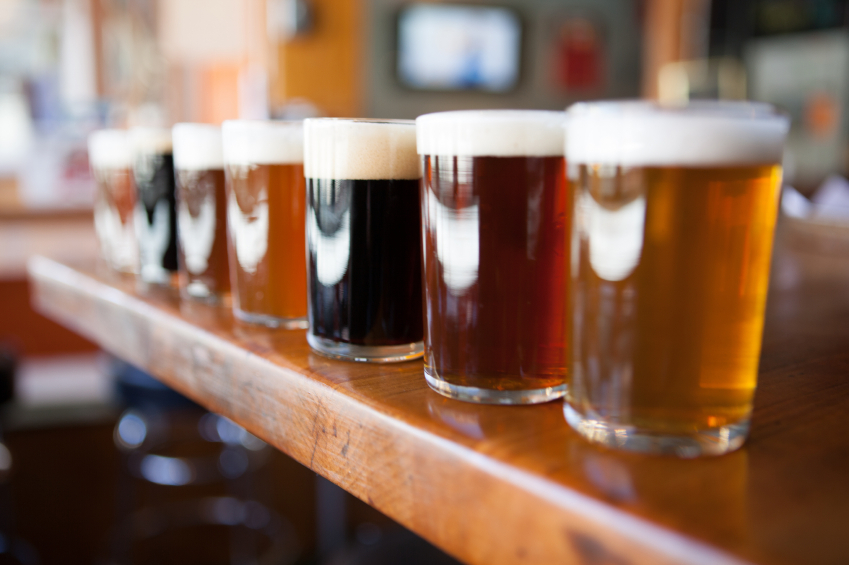Being in the Georgian Bay Biosphere, proper water management is something the owners of Trestle Brewing believe is an important part of the operation’s sustainability.
The craft brewing industry in Ontario continues to grow by leaps and bounds and one of the largest challenges being faced, especially in smaller rural communities, is water management. Breweries such as Lake of Bays in Baysville, Ont. and Beau’s in Vankleek Hill are brewing large quantities of craft beer in small communities and out of necessity have become experts and leaders on water and wastewater best practices.
“In Parry Sound we are told there is plenty of capacity in the municipal wastewater system for the volumes we will be dealing with. But it’s important to us to do the right thing from the start,” said Chris Pettinger, co-founder and owner of Trestle Brewing. “We are the beneficiaries of knowledge being passed on to us from experience and this helps to form our position and best practice. As we anticipate our growth we have been planning to lead from the front and be early adopters of a sustainability methodology. We’ve have invested in engineering to design systems and developed procedures that reduce our overall water use and wastewater impact.”

On November 24, 2017, the team visited Sawdust City Brewing in Gravenhurst, Ont. to attend a seminar they were hosting in partnership with The St. Lawrence River Institute and organized by the Ontario Craft Brewers Association. Sawdust’s success is well known among craft beer enthusiasts, and with their growth, brewmaster Sam Corbeil decided to take a proactive approach and implemented a sophisticated water management strategy and developed innovative solutions and procedures to reduce the potential impacts of their increased production.
“We went to learn from their experience and about the processes they’ve put in place,” said Pettinger. “Although they started as a larger brewery than we will be to start, Sawdust is a perfect analog for us in many ways and we are committed to implementing many of the same processes they are using. The session made us keenly aware that we were on the right track and that we are in a fortunate position to be able to build solutions and systems into our project from the get-go.”
Trestle brewmaster Matt Lyons said, “The most important step for us to take initially is implementing a detail-oriented side streaming program that keeps the bad stuff out of the drain. It sounds easy, and some of it is easy, but some aspects become more complex as time passes and we experience potentially rapid growth. Spent grain and yeast will be collected and sent to farmers in the area to be used as feed for livestock. Trub [hops and proteins that precipitate out after boiling] and other solids will be captured and composted off-site.”

Lyons added, “We have designed our wastewater system to have separate streams from the brewery production floor and from the retail/taproom sides of the building. The brewery wastewater flows into a balancing tank outdoors that reduces effluent temperature, balances out the pH, and settles residual solids before the wastewater enters the municipal system.”
The Ontario Craft Brewers Association and Louis Savard from the St. Lawrence River Institute as well Michael Fagan at the Bloom Centre provided support to the Trestle team in developing systems and standard operating procedures.
For more information visit trestlebrewing.com.









